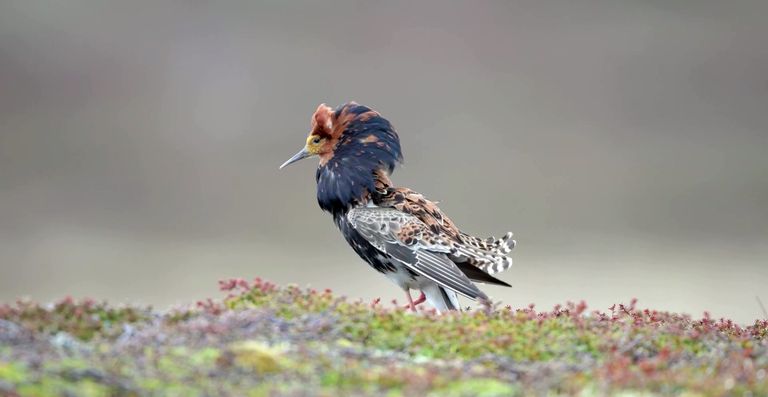
The Ruff, or simply Fighters can be found in the areas of north-eastern Europe, as well as in Siberia. They can also be found in Poland, among others, in the Barycz Valley, in the area of Biebrza Marshes, on the Sulejowski Reservoir, and in the Bug River valley. Seasonally, the battalions inhabit Europe, where they arrive in March or April, and for the winter period in October at the latest, they fly to India, the Middle East and Africa. They can then cover a distance of up to 15,000 kilometers.
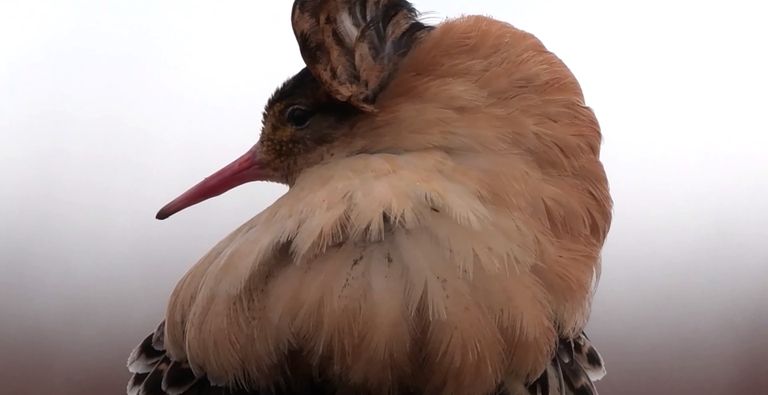
Wetlands, swamps, peat bogs, or meadows by water reservoirs, occurring in the Biebrza National Park, are their favorite places, and there we can look for battalions. An interesting fact is that it is the Battalion, which is under protection, that appears in the logo of the Biebrza National Park.
Feathers like ears
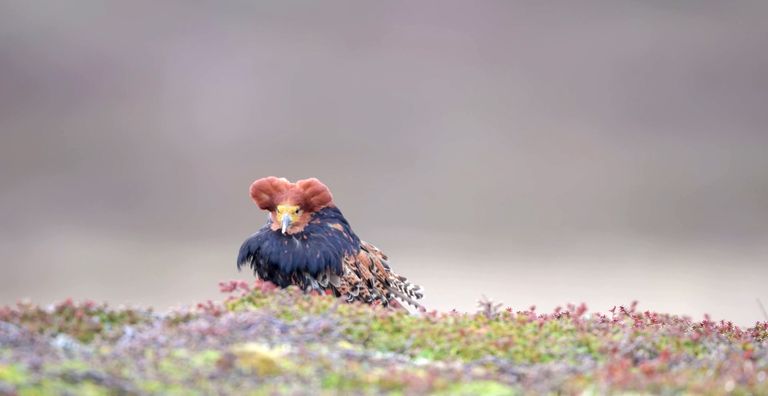
The male and female the Ruff are very different from each other, which makes them very easy to recognize. Males are much larger than females, can be up to 32 cm long and weigh about 250 grams, females are smaller, reaching 25 cm and weighing only 70 grams.
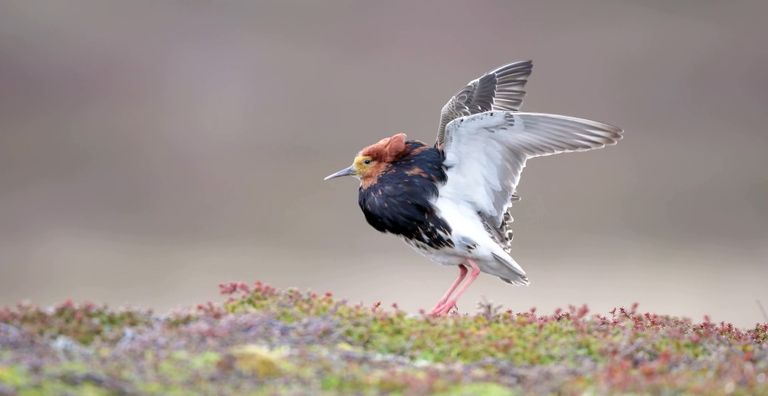
Common features typical of wading birds are a small head, long legs, and a short neck. The coloration only during the mating season is quite expressive, but the ruff is one of the birds in which it is impossible to find two identically colored individuals.

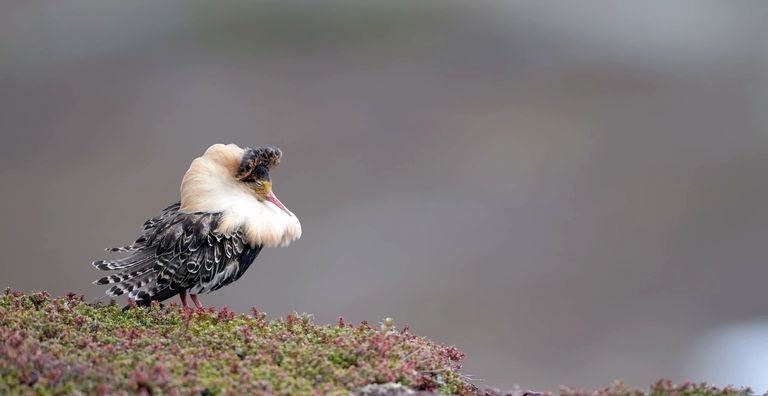
A characteristic feature of this species of birds are the twisted feathers on the head that resemble ears protruding upwards. Their color can be various, white, black, brown, rusty and is a very individual feature of males.
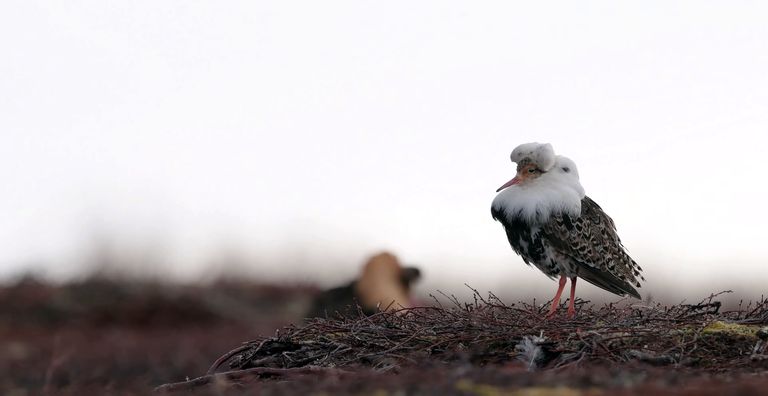
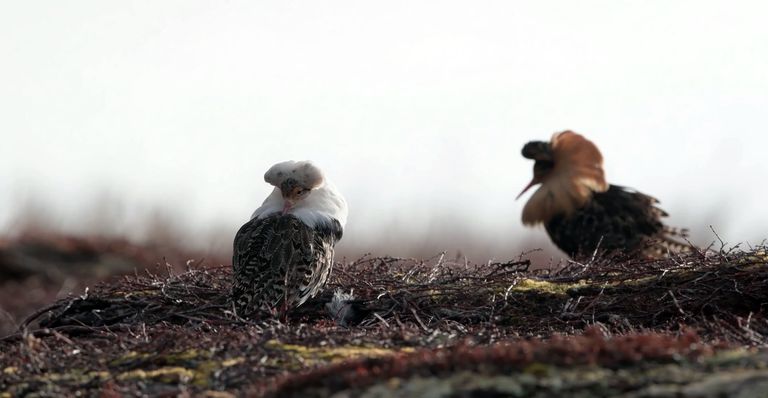

Another distinguishing feature of ruffed birds is the additional ruff around the neck, resembling a collar. These are only features of adult males, neither young birds nor females have them, they are gray-brown in color, slightly spotted.
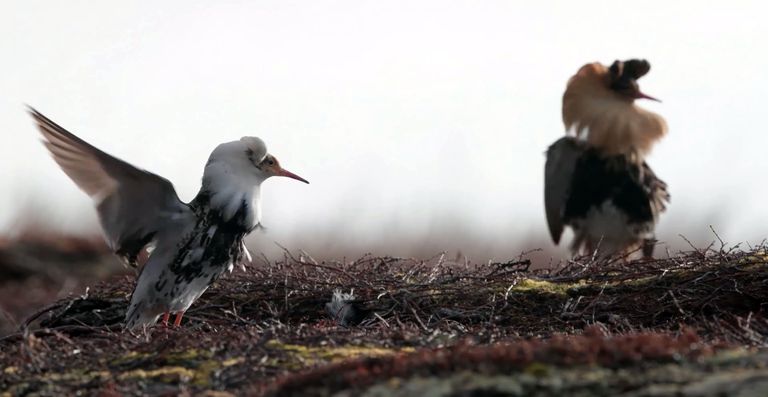
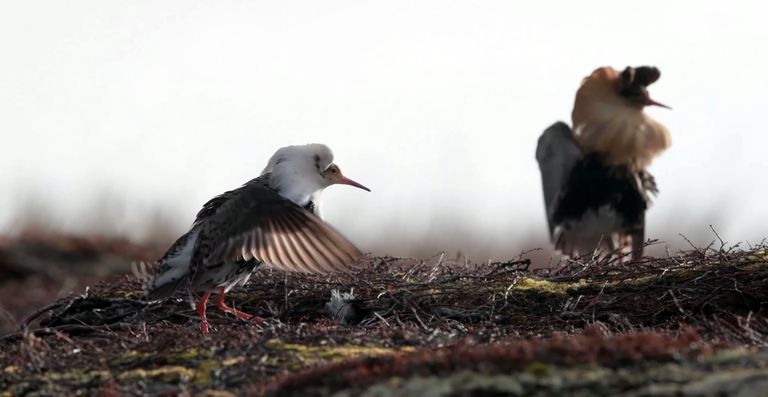
Mating in birds Ruff, or simulated buoys, and pseudo trouble


Males appear in the breeding areas a few weeks earlier than females. However, when the future breeding pairs meet, the males begin to show their qualities - they froth, shake their heads to present their beautiful mating plumage, but that's not all. They start their mating season. At first glance, it looks like a very formidable fight, and it feels like injuries, damage, and even fatalities are just a matter of time. Nothing like that, the battalions cleverly simulate a murderous fight, but nothing happens to any of them. However, thanks to their well-simulated combat, the battalions received the nickname "fighter".
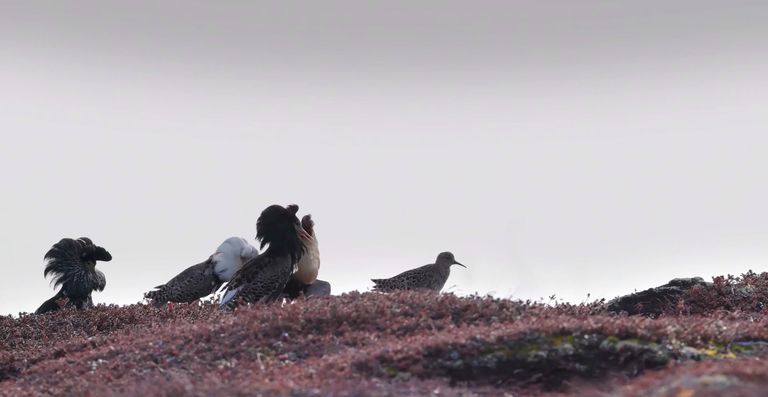
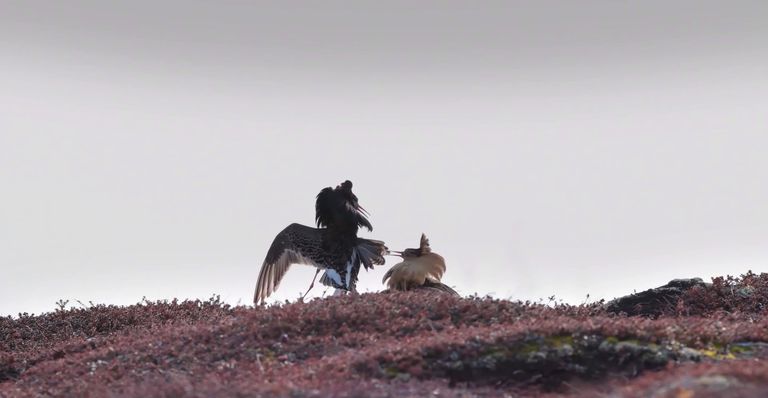
A nest in the form of a cavity or hole is built by the female. It is located in dry terrain and covered with grass. The male only mates, and then leaves the female in search of another partner. During this time, the female usually lays 4 greenish eggs with brown spots. They incubate them for about 3 weeks, so that after 6 weeks the young birds can leave the nest.
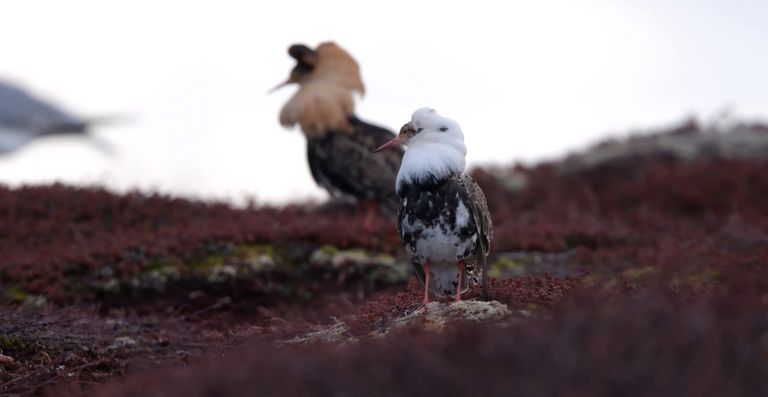
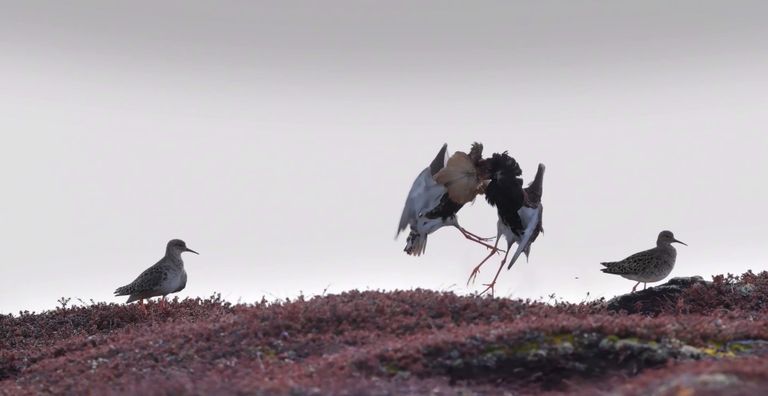

The diet is mostly animal, but ...
The Ruff (Calidris pugnax) mainly hunt for larvae, insects, arachnids, and small invertebrates wading in shallow water, in backwaters, swamps along water reservoirs. They will also not disdain crustaceans or snails. It happens, however, that they supplement their menu with a plant-based diet in the form of seeds or various berries.


